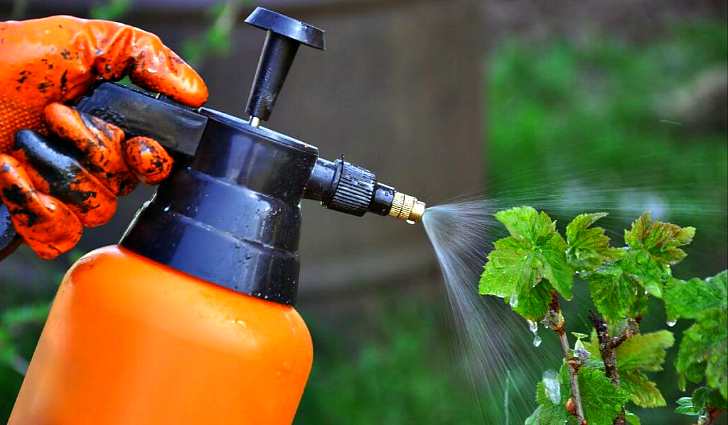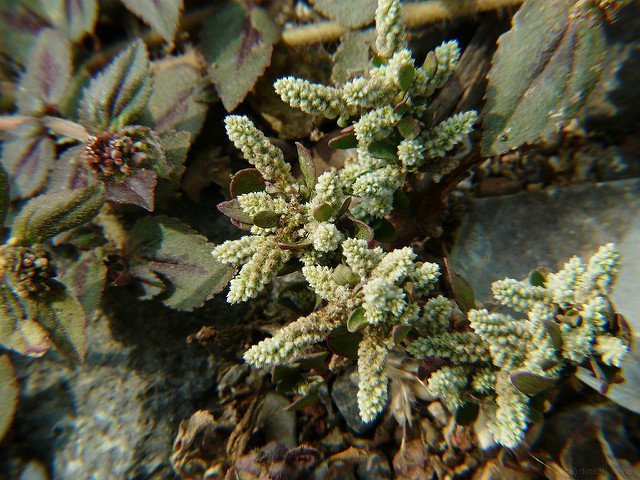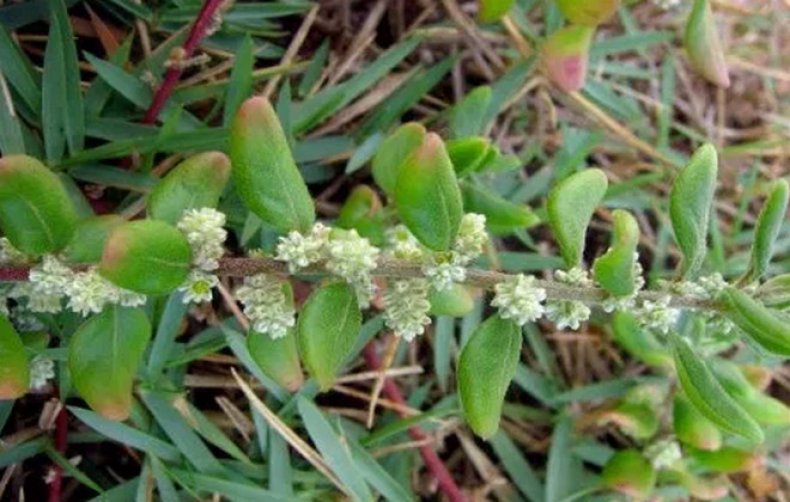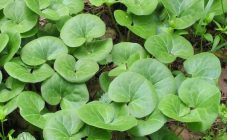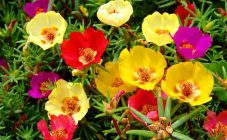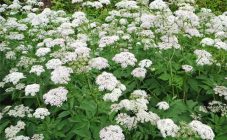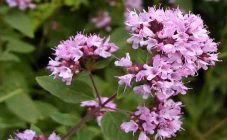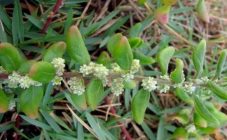On the territory of Russia, many useful herbs and plants grow: St. John's wort, celandine, chamomile and others. Traditional medicine knows millions of recipes for treating various diseases without medication, using the beneficial properties of decoctions and tinctures. Many have been tested for centuries, but some plants with healing power appeared not so long ago in our territory and are of undoubted health benefits when used correctly. These include woolly Erva.
Description
Erva woolly - grass, life span - 2 years, belongs to the Amaranth family. During this time, it can grow in height up to one and a half meters. The root is grayish-white, with small branches, up to 18 cm long. In nature, there are both erect and creeping specimens, highly branched, with small pubescent leaves. Hence the addition to the name - "woolly". The leaves are small, up to 2 cm in diameter. Flowers of unattractive appearance from cream to greenish, collected in a spikelet. Flowering occurs from June and may continue until frost. Ripening begins in August, the fruit looks like a small box with a barely elongated nose.
Originally Erva woolly from the island of Ceylon, which is located in Sri Lanka, can also grow in India, Australia, African countries. Thanks to the healing properties of this herb, which the locals have known for a long time, it hit the shelves of Russian pharmacies and, due to its affordable price, is popular with the population. This plant has another name: half-fallen. It loves high humidity and warmth and is very demanding on climatic conditions. It does not occur in the wild on the territory of Russia. On our mainland, the most suitable place for growing this plant is Georgia with its subtropics.
Growing
But many gardeners still try to grow it in their gardens. In order for the planted seeds to sprout, and half-fallen began to grow and develop, and subsequently it could be used for medicinal purposes, it is necessary to ensure:
- sunny place all daylight;
- humidity at the proper level;
- suitable soil, consisting of sand, humus (compost) and black soil, taken in equal parts.
Particularly stubborn and persistent lovers of traditional medicine can grow a medicinal plant through seedlings. The prepared soil in the container is well moistened with a spray bottle and the fluff seeds are spread over the surface of the soil, slightly pressing them. It is not recommended to cover with earth, otherwise the sprouts may not hatch.
Before germination, the box with seeds is closed with glass or polyethylene, placed in a well-lit place. To prevent the soil from drying out, in the morning and in the evening, it is advisable to spray the crops with warm, settled water from a spray bottle. Seedlings are planted on the beds after the onset of heat, frosts are destructive for it.
For good plant development, daily watering is necessary, especially in the heat. The grass can be cut off when it reaches a height of 30 cm, and in the fall it is removed completely, leaving a stump 5 cm high. You can dig up a woolly Erva with a root and plant in home pots. Not only the stem and leaves of the plant, but also the root have healing properties.
Medicinal properties and features
Herva woolly herb is considered healing and is popular due to the presence in its composition:
- flavonoids;
- amino acids;
- pectins;
- calcium;
- potassium;
- salts of inorganic origin.
The plant half-fell is recommended for ingestion in the form of infusions 15 minutes before meals for a better therapeutic effect. Doctors prescribe this drug, which has a diuretic property to relieve edema, with pyelonephritis. The field of application of this wonderful herb is unusually wide. It is used for:
- kidney disease (it is able to dissolve and remove small stones);
- with increased blood clotting (counteracts the formation of blood clots);
- inflammation of the appendages;
- with prostatitis;
- increased radiation;
- violations of water-salt metabolism in gout;
- to strengthen the heart muscle for the elderly;
- for diseases and prevention of stomach diseases.
It differs from other diuretic medicinal herbs because:
- its use does not lead to a sharp dehydration of the body;
- it removes uric acid, urea, sand.
Basically, they use 2 methods of preparing the infusion:
- Pour 2 tablespoons of herbs with a glass of hot water and heat in a water bath for 15 minutes, cool, drain. Bring the resulting solution to 200 ml with boiled water.
- Put 2 tablespoons of herbs into a thermos, pour boiling water over, leave for 1 hour. Then squeeze and bring the volume of the solution to 200 ml with boiled water.
It is not recommended to deviate from the instructions for preparing the broth
Reception 15 minutes before meals 2.3 times a day. The broth is heated and taken orally in 1/2 or 1/4 cup, you can add honey. The solution must be shaken immediately before taking. The remaining cake from the grass can be used to wipe the inflamed areas on the face (acne, acne). Duration of admission is from 10 to 30 days. Then they take a break for a month and continue treatment, if necessary.
During treatment, it is necessary to adhere to a non-strict diet (removal of spicy, fatty, salty foods, alcohol from the diet). Do not forget that herbs, with the correct preparation of decoctions and infusions, have a relatively mild healing effect and begin to act on diseased organs not immediately, but after a certain period of time. Therefore, it may take more than one month to remove sand from the kidneys.
When used internally, attacks of nausea, allergic rashes are possible. Do not forget that long-term use of half-pala has a harmful effect on teeth and leads to abrasion of tooth enamel. It is advisable to drink the infusion through a tube, rinse your mouth or brush your teeth after taking the medicine inside.
There are also a number of contraindications. You can not use a decoction of herva woolly herb when:
- with increased sensitivity to this grass;
- women during pregnancy and lactation;
- some diseases in which a large amount of calcium is excreted from the body (osteoporosis, osteodystrophy);
- children under 12 years old
Collection of herbs and drying
The collection of grass can be carried out throughout the season, when the plant grows up to 30 cm. Raw materials are dried under a canopy in a ventilated room. In the fall, they are dug out of the ground along with the roots before the onset of cold weather and finely cut. The plant is not resistant to frost. You can use electric dryers for drying with a temperature of 40 to 50 degrees or under a canopy, if the weather permits. The dried raw materials are stored in linen bags, often in a suspended state for no more than 3 years.
Benefits of using traditional medicine to treat:
- availability of raw materials at cost;
- no fakes, unlike expensive pills
Disadvantages:
- almost all remedies have contraindications.
If you strictly follow the instructions for use, half-fallen will become an indispensable inexpensive medicine for the treatment and prevention of many diseases.

